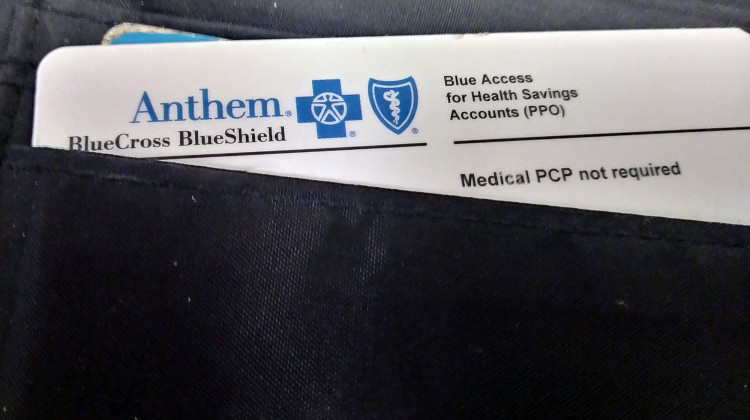The number of uninsured people in Indiana followed a national trend and increased between 2017 and 2018. About 9,000 fewer Hoosiers have health insurance, the rate went up from 8.2 to 8.3 percent, according to the data from the U.S. Census Bureau.
At the same time, the number of employed Hoosiers has risen. But Mark Fairchild, director of policy with Covering Kids and Families of Indiana, says that doesn’t necessarily mean people are getting insurance.
"It could be they’re hitting that so-called 'cliff effect,' where now they are doing better but it’s just enough that they lose their eligibility for some benefits and relatively costly benefits like health coverage," says Fairchild.
Hoosiers who dropped off of Medicaid may have a hard time paying for health insurance on their own, if their employer doesn’t provide it.
The increase could also be driven by changes to the Affordable Care Act, including the repeal of a mandate requiring everyone to have coverage.
Fairchild says more data will follow.
"We’re hoping that as we get more of this state level data that we can really get our heads around what is happening in Indiana specifically, what is going on in the interplay of possible cliff effects," says Fairchild.
Nationally, the data also shows the number of uninsured children is on the rise.
Contact Jill at jsheridan@wfyi.org or follow her on Twitter at @JillASheridan.
 DONATE
DONATE








 Support WFYI. We can't do it without you.
Support WFYI. We can't do it without you.